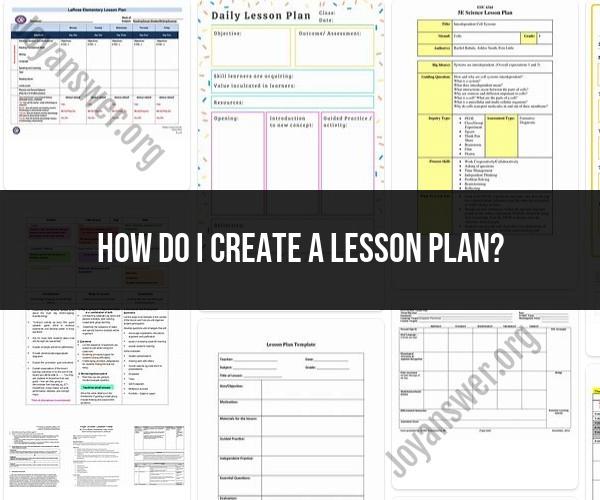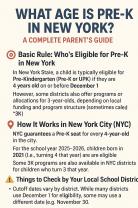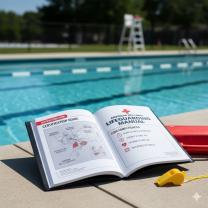How do I create a lesson plan?
Creating a comprehensive lesson plan involves several key steps. Here's a step-by-step guide to help you develop effective lesson plans:
Step 1: Identify the Learning Objectives:
- Determine what you want your students to learn by the end of the lesson. Be specific and measurable in your objectives. What knowledge, skills, or concepts should they gain?
Step 2: Consider Your Audience:
- Understand your students' prior knowledge, learning styles, and needs. Tailor your lesson to their level of understanding and interests.
Step 3: Choose a Topic:
- Select a topic or subject matter that aligns with your learning objectives and curriculum standards.
Step 4: Gather Materials and Resources:
- Identify the materials, resources, and technology you'll need to teach the lesson effectively. This may include textbooks, handouts, multimedia, or props.
Step 5: Plan the
- Start with an engaging "hook" to capture students' attention and introduce the topic. Clearly state the learning objectives to set expectations.
Step 6: Develop the Lesson Body:
- Break down the content into manageable chunks or sections. Organize the lesson into a logical sequence. Include explanations, examples, and activities to facilitate understanding.
- Use a variety of teaching strategies, such as lectures, discussions, group work, hands-on activities, and multimedia.
Step 7: Create Assessment and Evaluation Methods:
- Determine how you will assess whether students have met the learning objectives. This may involve quizzes, tests, presentations, group projects, or other assessment tools.
Step 8: Plan for Differentiation:
- Consider the diverse needs of your students. Include strategies for accommodating different learning styles, abilities, and interests. Provide support for struggling learners and enrichment for advanced students.
Step 9: Develop a Closure:
- Summarize the key points of the lesson and reinforce the learning objectives. Allow students to ask questions or share their reflections.
Step 10: Create Homework or Practice Assignments:
- Assign meaningful homework or practice exercises that reinforce the lesson's content. Ensure that it aligns with the learning objectives.
Step 11: Reflect and Revise:
- After teaching the lesson, reflect on what worked well and what could be improved. Use this feedback to revise and enhance your future lesson plans.
Step 12: Align with Curriculum Standards:
- Ensure that your lesson plan aligns with your school or district's curriculum standards and educational goals.
Step 13: Write Clear Instructions:
- Provide detailed instructions for both you (the teacher) and the students. This includes a timeline, step-by-step procedures, and any specific directions.
Step 14: Stay Flexible:
- Be prepared to adapt your lesson plan if unexpected challenges or opportunities arise during instruction.
Step 15: Seek Feedback:
- Encourage feedback from students and colleagues to continuously improve your lesson plans and teaching methods.
Remember that an effective lesson plan is not just a script to follow but a flexible guide that helps you achieve your teaching goals. Adapt your plan based on the needs and responses of your students, and always keep their learning at the forefront of your teaching approach.













